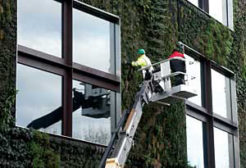Articles by Joann Gonchar, FAIA
Tech News & Reviews - March 2007
Following carbon footprints leads architects and consultants to their own doorsteps.
Read More
Copyright ©2024. All Rights Reserved BNP Media.
Design, CMS, Hosting & Web Development :: ePublishing

